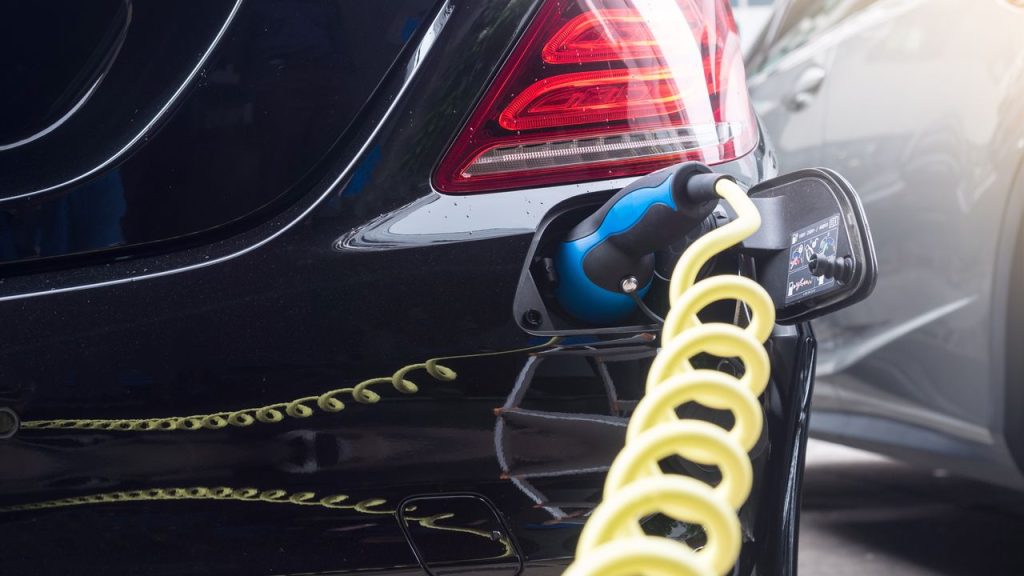Electric Vehicle Charging at Home: Options and Considerations
As electric vehicles (EVs) become more popular, it’s important to consider the options and considerations for home charging. Home charging is convenient and cost-effective, but it’s important to choose the right charging equipment and schedule charging times to maximize efficiency and minimize costs.
Home Charging Options
There are three main types of home charging equipment: Level 1, Level 2, and DC fast charging. Level 1 charging uses a standard 120-volt outlet and can take up to 20 hours to fully charge an EV. Level 2 charging uses a 240-volt outlet and can charge an EV in 4-8 hours. DC fast charging is the fastest option, but it requires special equipment and can cost more.
For most EV owners, Level 2 charging is the best option for home charging. Level 2 chargers are available in two forms: portable chargers and wall-mounted chargers. Portable chargers are convenient for those who need to charge at different locations, but they are slower than wall-mounted chargers. Wall-mounted chargers are faster and more convenient for daily charging at home.
Charge Scheduling
Charge scheduling is an important consideration for home charging. By scheduling charging times during off-peak hours, EV owners can take advantage of lower electricity rates and reduce strain on the electric grid. Many EVs have built-in charge scheduling features, but external charging equipment may also offer scheduling options.
When scheduling charging times, it’s important to consider the time needed to fully charge the EV and the expected driving range for the next day. For example, if an EV has a range of 100 miles and the owner only needs to drive 50 miles the next day, they may only need to charge to 50% capacity, which can save time and money.
Wall-Mounted Chargers
Wall-mounted chargers are the most convenient and efficient option for home charging. They are faster than portable chargers and can be installed in a garage or outside the home. Wall-mounted chargers also offer more features, such as charge scheduling and monitoring, which can help EV owners maximize efficiency and minimize costs.
When choosing a wall-mounted charger, it’s important to consider the charging speed, compatibility with the EV, and installation requirements. Some wall-mounted chargers require professional installation, which can add to the overall cost. However, many EV manufacturers offer discounts on wall-mounted chargers and installation services.
Conclusion
Home charging is a convenient and cost-effective option for EV owners, but it’s important to choose the right charging equipment and schedule charging times to maximize efficiency and minimize costs. Level 2 charging with a wall-mounted charger is the best option for most EV owners, and charge scheduling can help take advantage of lower electricity rates and reduce strain on the electric grid. With the right equipment and scheduling, home charging can be a hassle-free and efficient way to keep EVs charged and ready for the road.


